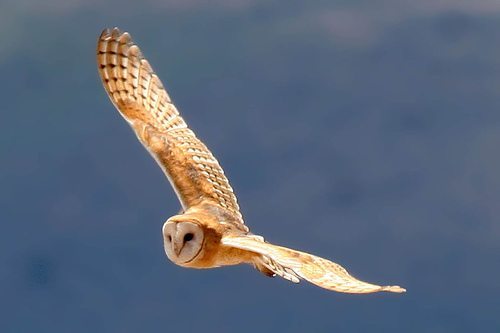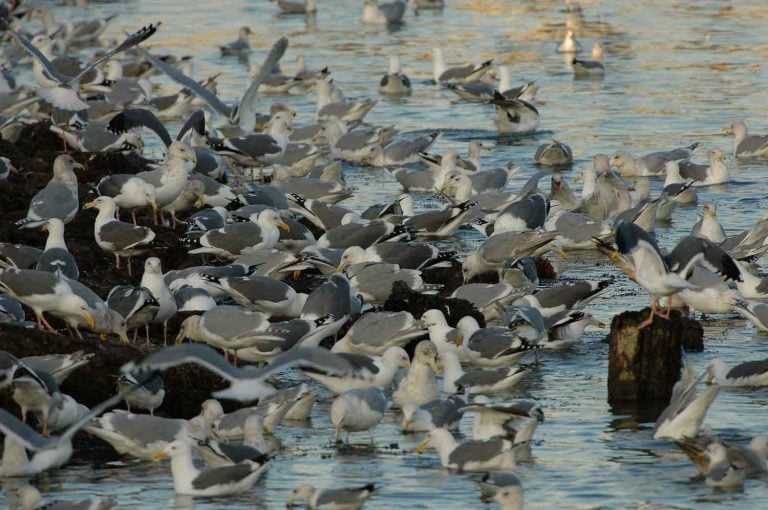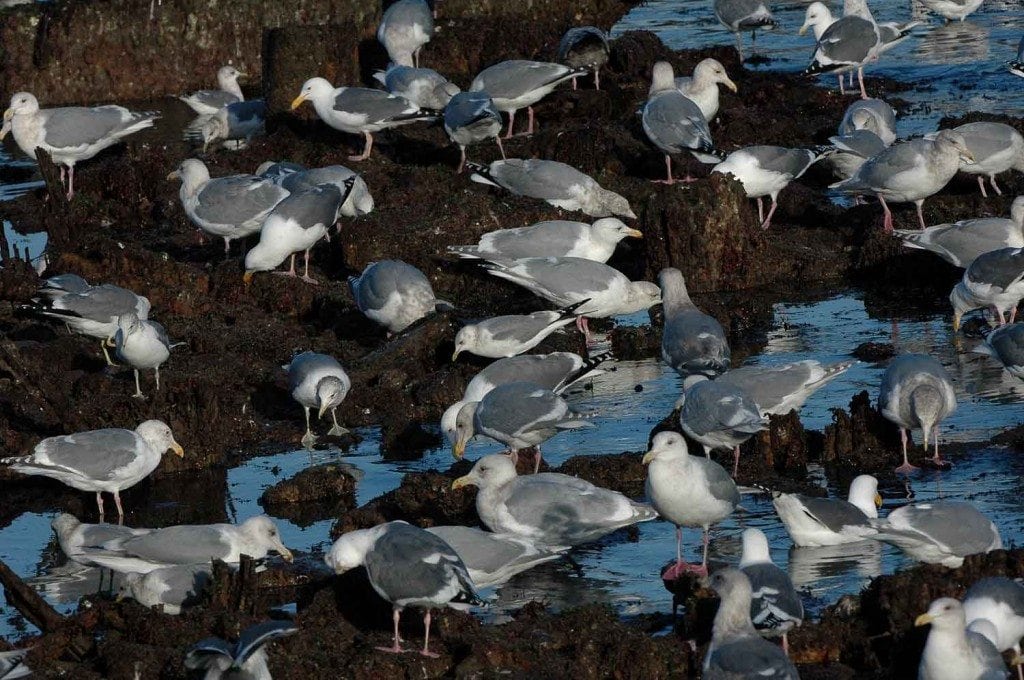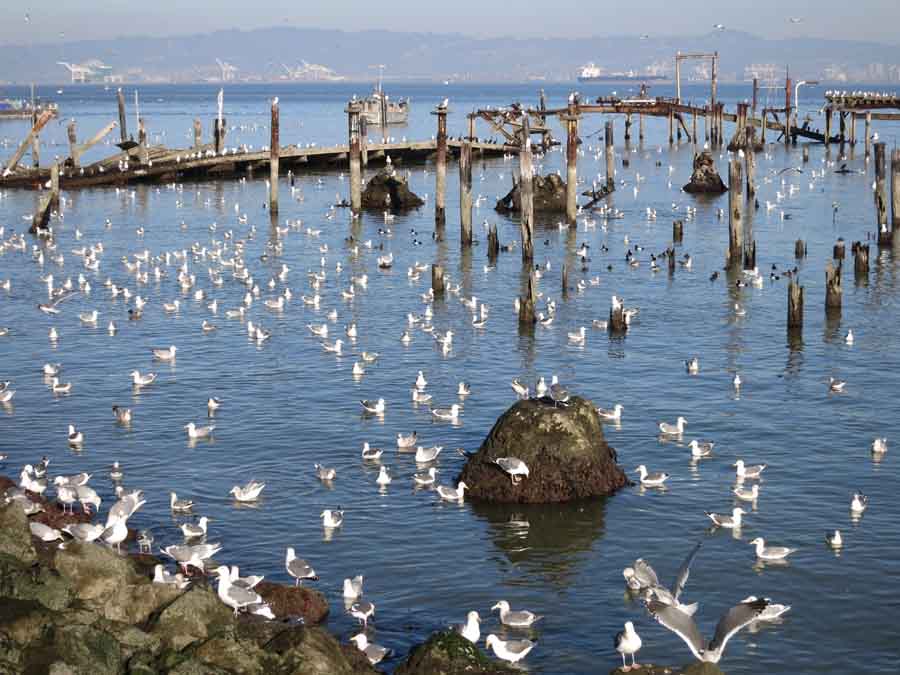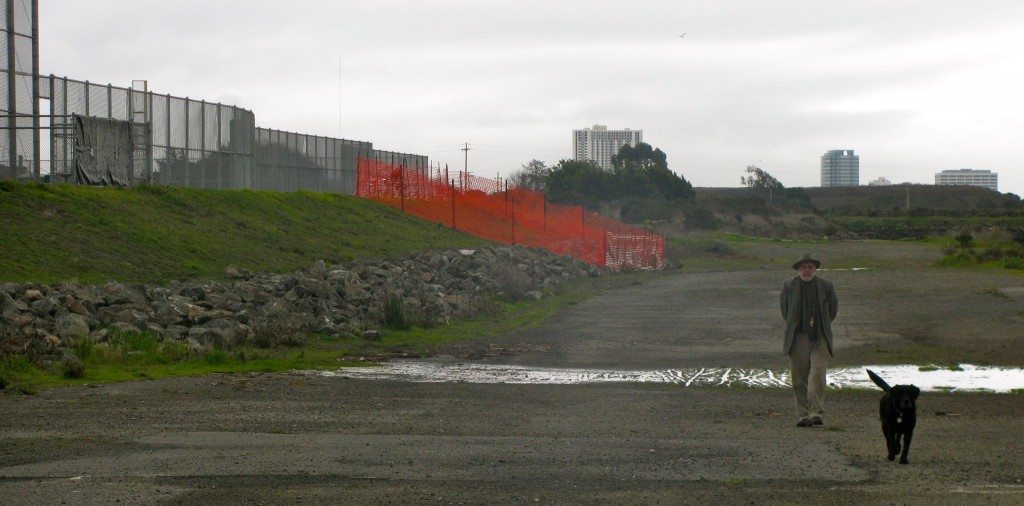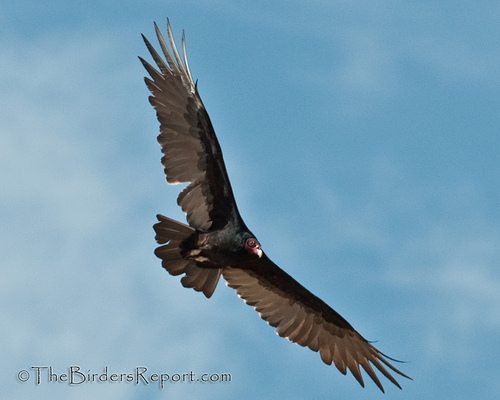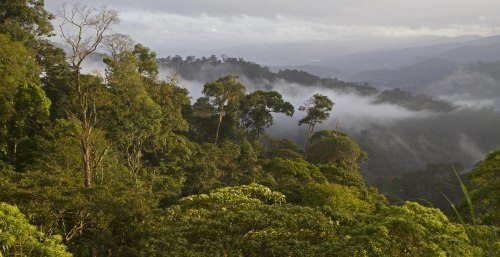Barn Owls in our urban Bay Area
By Lisa Owens Viani
My owl obsession began when I moved to Berkeley in 2003. One evening while on an evening walk with a friend, she pointed out what she thought was the sound of someone breathing with the help of a respirator in a house on Edwards Street. That didn’t seem quite right — I instantly thought “bird” — but I wasn’t expecting to hear owls in such an urban spot.
I called a birder friend who suggested the possibility of a Barn Owl. Sure enough, upon closer inspection, we confirmed that the sound was coming from a Canary Island palm tree behind the house with the “respirator.” Then we spotted Barn Owls flying in and out of the tree, pearl white in the dark sky, backlit by the moon, making trip after trip to feed their young.
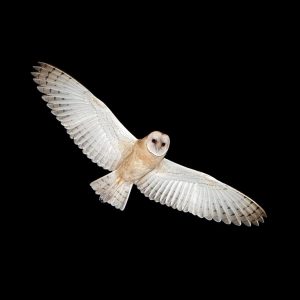 Barn Owl / Photo by Ashok Khosla – www.seeingbirds.com
Barn Owl / Photo by Ashok Khosla – www.seeingbirds.com
But not everyone was as enamored with the owls — or their sounds — as I was, and the tree was cut down. I decided to found Keep Barn Owls in Berkeley, with the help of naturalist Joe Eaton and some other owl fans, to create more awareness about the incredible natural pest control services of these owls: One family can consume 600 mice in 10 weeks.
I connected with The Hungry Owl Project in Marin and local owl experts like Golden Gate Bird Alliance field trip leader Dave Quady, and began to get a grasp on the number of Barn Owls this city supports. I learned of about a dozen pairs nesting in Berkeley alone that year, most in Canary Island palm trees, many of which stand next to Victorians and thus were probably planted in the early 1900s. (I also learned about nests in El Cerrito, Albany, and Richmond, again most of them in Canary Island palms.)
In what may be the least controversial Berkeley city council resolution ever passed, we got the Barn Owl designated as the city’s official bird.
Berkeley’s Barn Owls have been here a long time. In a 1927 account in The Condor, UC Berkeley zoologist E. Raymond Hall wrote about the Barn Owls he discovered roosting in the tower of the First Presbyterian Church at Dana and Channing Way. Hall gained entrance to the tower and dissected the owls’ pellets. The most common prey remains were California meadow mice, pocket gophers, white-footed mice, and house mice.…

